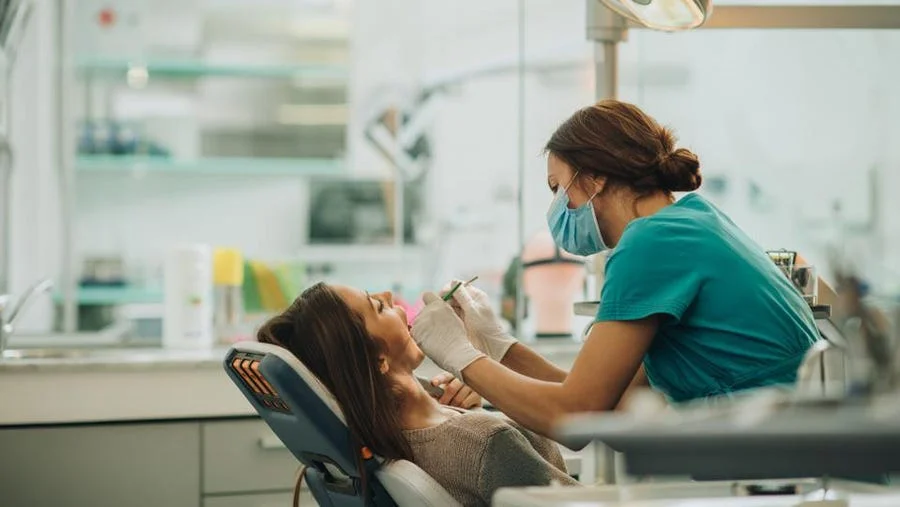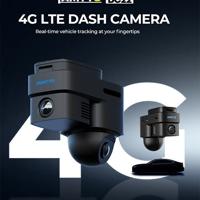Copyright researchsnipers

A few years ago, most dental websites looked almost the same. A logo at the top, service list in the middle, a few smiling photos, and that was about it. That worked fine for a while. But people expect more now. Patients look for the feeling behind a website, the tone, the colours, the little details that tell them whether they can trust the clinic before they even call. In 2026, a dental website isn’t just a marketing tool. It’s often the first place where comfort begins. That’s why clinics are now investing in thoughtful dentist website design that feels calm, friendly, and human. Design today isn’t about looking good. It’s about being understood. Why First Impressions Begin Online When someone searches for a dentist, they’re really searching for reassurance. Most people decide within seconds whether a website feels right. They notice small things the way colours flow, how clean the layout looks, and even how quickly the page loads. Those details quietly shape trust. Think of it like walking into a waiting room. If it’s clean, bright, and organised, you feel at ease. The same happens online. The first few moments on a website create that emotional version of a first handshake. The smoother the experience, the more likely someone stays, reads, and eventually books an appointment. Design That Feels Like Care Great dental web design doesn’t need to shout. It should whisper calm. Soft colours, real photos, and gentle shapes help people feel comfortable. Clean spacing matters too not just for looks but for breathing room. Visitors can take in the content at their own pace without feeling rushed. Typography can even change the whole mood. Rounded fonts look friendly and open. Sharp fonts feel more formal and distant. Patients don’t analyse these things, but they feel them. Every small design choice becomes part of the message: you’ll be taken care of here. What Patients Notice First (and What They Remember) Every visitor sees something different first, but certain cues always leave a mark. Here’s what studies and patient feedback often show: A website that works effortlessly creates trust long before a patient ever visits. Those small signals add up to something bigger: belief in the clinic’s reliability. The Emotional Side of Design Patients may come for treatment, but they stay for trust. Good design isn’t just about showing skill it’s about feeling seen. The best sites balance professionalism with warmth. They talk to people, not at them. As Melbourne designer Leah Franklin said during a Design Mind Weekly interview, “The best websites don’t just inform people; they make them feel safe without saying a word.” That idea rings true for every dental practice. Comfort online leads to confidence offline. Even small things like a welcome message, a short video, or real team photos help people picture themselves in the space. Once they can see it, they begin to trust it. Technology That Builds Connection Behind every strong dental website, there’s smart design working quietly in the background. Online booking tools, chat features, and secure forms aren’t just practical. They show patients that the clinic values their time. Accessibility options, adjustable text, clear colours, easy navigation tell visitors that everyone is welcome. These things seem technical, but they’re really emotional signals. They say, “We care enough to make this easy for you.” And while SEO still matters, it’s no longer just about ranking. It’s about aligning what patients find in search with what they feel when they arrive. When the tone matches the promise, that’s real trust. The Future of Dental Web Design The next generation of dental websites will be even more personal. They’ll learn what people need, when they need it, and deliver it with empathy. Soon, websites might adjust tone or visuals based on user behaviour. But the goal will stay the same to help people feel safe and understood before they ever walk through the door. Trust in dentistry used to be built face-to-face. Now, it starts with design that feels alive and human. Design isn’t just how a dental website looks, it’s how it makes people feel. In 2026, that feeling decides everything. When a website feels calm, clear, and cared for, patients sense the same will be true in person. Clinics that understand this aren’t chasing trends; they’re setting them. The future of dental care begins with a quiet click and a website that speaks kindness. Frequently Asked Questions 1. Why does web design matter so much for dental clinics? Because it’s usually the first thing people see. A good site gives off the same feeling as walking into a tidy, calm waiting room. If the website feels relaxed, people assume the clinic will be too. 2. Do colours really affect trust? They do, more than most realise. Softer shades help people relax, while harsh or bright tones can make a page feel tense. It’s the same reason clinics paint their walls in neutral colours — comfort shows through design. 3. Are photos that important? Yes, absolutely. Real photos show the people behind the business. Patients can spot stock images right away, and it breaks the feeling of honesty. Even a slightly imperfect photo of the real team feels more genuine. 4. Should clinics focus more on design or usability? You really need both. A pretty website that’s hard to use feels frustrating, and a simple one without personality feels flat. When everything flows and looks friendly, people stick around. 5. What’s next for dental web design? Designs are heading toward being softer and more personal. Clinics are using natural photos, warmer colours, and layouts that feel open. It’s less about being fancy and more about feeling real.



